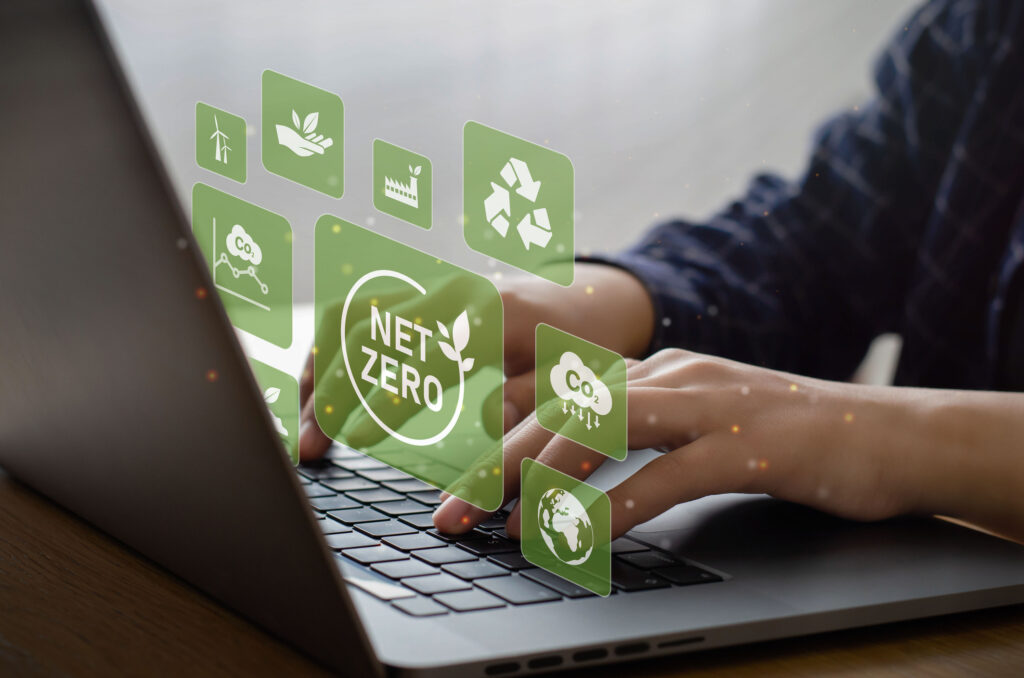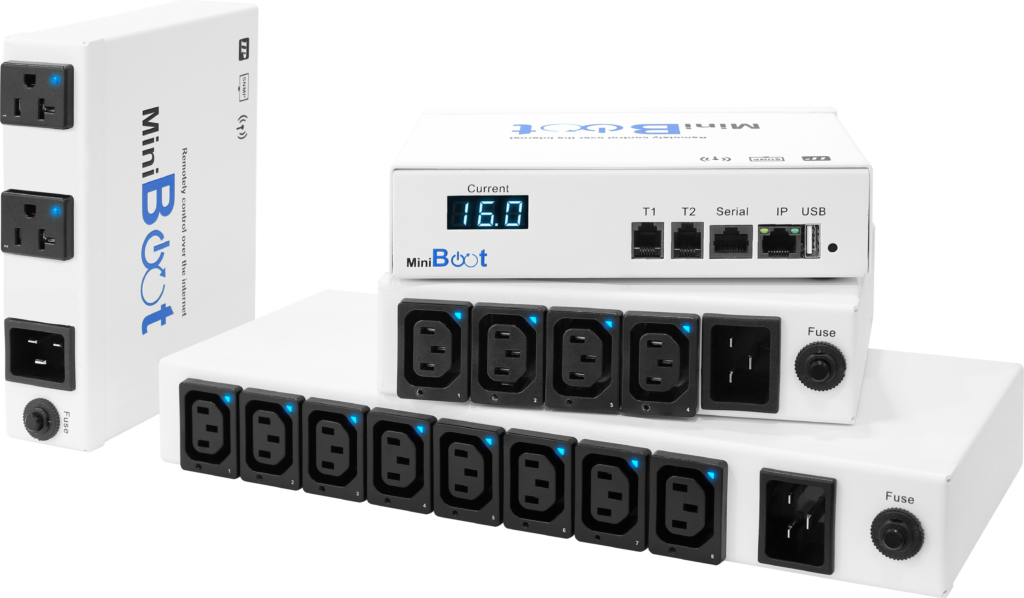
Sustainability on a Global Stage.
To bring about positive environmental change it is necessary to focus on the city, building and business level of sustainability. Using data to guide practices of organisations as well as governments across the globe, from improvement and optimisation of supply chains, waste reduction, and reducing carbon footprints.
The UK Government Department of International Trade sees the Sustainable Infrastructure sector as vital to the acceleration of the global clean growth and climate resilience agenda.
With other countries highlighting the importance of sustainability including the UAE President going as far as declaring that 2023 is the ‘Year of Sustainability’, with Dubai set to host the 28th United Nations Climate Change Conference of the Parties (COP28) this year. A focus on sustainability should be on everyone’s agenda.
An ongoing hot topic in the UK mass media is energy use, from a cost, availability, and environmental perspective. More recently, large corporate offices are under increasing pressure to show significant improvement in overall power reductions. Driven by concerns over energy wastage and light pollution caused by buildings being unnecessarily illuminated when there are limited or no employees in the premises, especially at night. One example of this is the City of London Corporation Plans for Square Mile would create ‘brightness zones’ governed by curfews amid the darkened buildings.
Building on IT.
Power management, like many areas of Information Technology infrastructure has evolved in recent years and the options available today reduce downtime and energy costs, and improve energy efficiency, enabling more informed capacity planning decisions and improve operational efficiency. Solutions to help achieve sustainability goals at the building, floor and rack level include power management devices such as power distribution units (PDUs).
The benefits of intelligent rack PDUs are not limited to traditional IT and Data Centre installations. Cities and building design have evolved to become smarter, with intelligent infrastructure playing a vital role. Within new office and mixed-use buildings, including the spectacular high-rise towers under development in many major cities, intelligent power strips can be found supporting professional Audio-Visual equipment, CCTV, Access Control, network infrastructure and lift control.
One example of Intelligent power strips being applied for more sustainable applications, is smart desk solutions. Utilisation of intelligent PDU features can help to ensure there is less power wastage when the desk is not in use. Employees can find an available desk, space or room via booking systems and power to only the required technology is subsequently activated.
Monitoring the Environment.
The utilisation of intelligent PDUs means the power usage data such as current (AMP), voltage (Volt), power (KW), energy consumption (KWh), and power factor of the entire PDU, is available. This data can be collated and reported using a web-based Graphic User Interface (GUI) or integrated into an existing Building Management System (BMS) or third party DCIM via SNMP. This data is easily accessible remotely by engineers with appropriate administration rights, negating the need to attend site and have physical access to each individual rack by an engineer.

Within an organisation multiple departments, such as Facilities, IT, AV, and Security, utilise the intelligent power and/or the data within racks and enclosures. One common objective of all departments is minimising the risk of downtime, any outage can have a severe impact and implications on a business. Features such as sensors that enable action to be taken sooner when issues arise, potentially avoids cost and wider implications to the IT infrastructure. Plus, the added benefit that the PDU data can be used for inter-departmental billing where relevant for Enterprises or as a revenue stream for MTDCs providing accurate billing data to clients, when meter reading accuracy of the PDU is within +/- 1%.
Integrating environmental sensors with the PDUs allows parameters to be set to monitor temperature/humidity fluctuations as well as power. This allows the setting of alarms and thresholds to provide early detection of issues within the rack, not just limited to temperature and humidity but can include sensors for smoke, water, shock detection.
The data recorded from the Intelligent power strips and associated sensors can assist in determining power usage requirements and potentially decreasing power consumption. Reorganising IT infrastructure, reassessing usage can reduce cost as well as power at a time when there is much emphasis on reducing strain on the power grid.
Upgrade IT.
Upgrading existing IT infrastructure is a viable alternative in certain scenarios and can be a more sustainable approach. To retro-fit In-line meters to legacy basic rack PDUs, creates the equivalent of an intelligent power strip, versus removing existing PDUs and replacing with new. Adding In-line meters enables local monitoring plus remote management functionality to previously dumb PDUs.
Environmental sensors can be added to legacy Intelligent rack power distribution units (model dependant) or installed with In-line meters as part of an upgrade path.
The In-line meter footprint is smaller in terms of packaging and transportation due to the product size. Packaging with minimal environmental impact should be considered in supply chain selection for upgrade kit as well as new product purchases.

Packaging is just one element of the sustainable manufacturing process. Products should be manufactured through economically-sound processes that minimise the negative environmental impacts. Organisations need to constantly strive to conserve energy and natural resources. Utilising data throughout the organisation including intelligent edge solutions should help achieve these goals.
Packaging is just one element of the sustainable manufacturing process. Products should be manufactured through economically-sound processes that minimise the negative environmental impacts. Organisations need to constantly strive to conserve energy and natural resources. Utilising data throughout the organisation including intelligent edge solutions should help achieve these goals.
New Technology.
Power management options are available outside of traditional rack mount installations, like web power reboot and monitoring devices. Users can try to recover a crashed device by remote reboot, potentially negating the need to send engineers to site (reducing travel costs and the need for staff to be at the equipment location, in turn reducing carbon footprint) overall improving uptime and productivity. Plus, these devices have further benefits including avoiding current overload in mission critical equipment environments and allowing user to establish the remaining capacity prior to adding a new device. The current being drawn can be displayed
and threshold alerts received remotely.

New and existing rack mount and IT power management solutions can assist with assessing efficiency and energy usage to help organisations achieve sustainability targets. With the UN setting net zero goals on governments globally the focus is increasing on what everyone can do to achieve the necessary outcome.
As featured in Inside_Networks May 2023 Issue.
